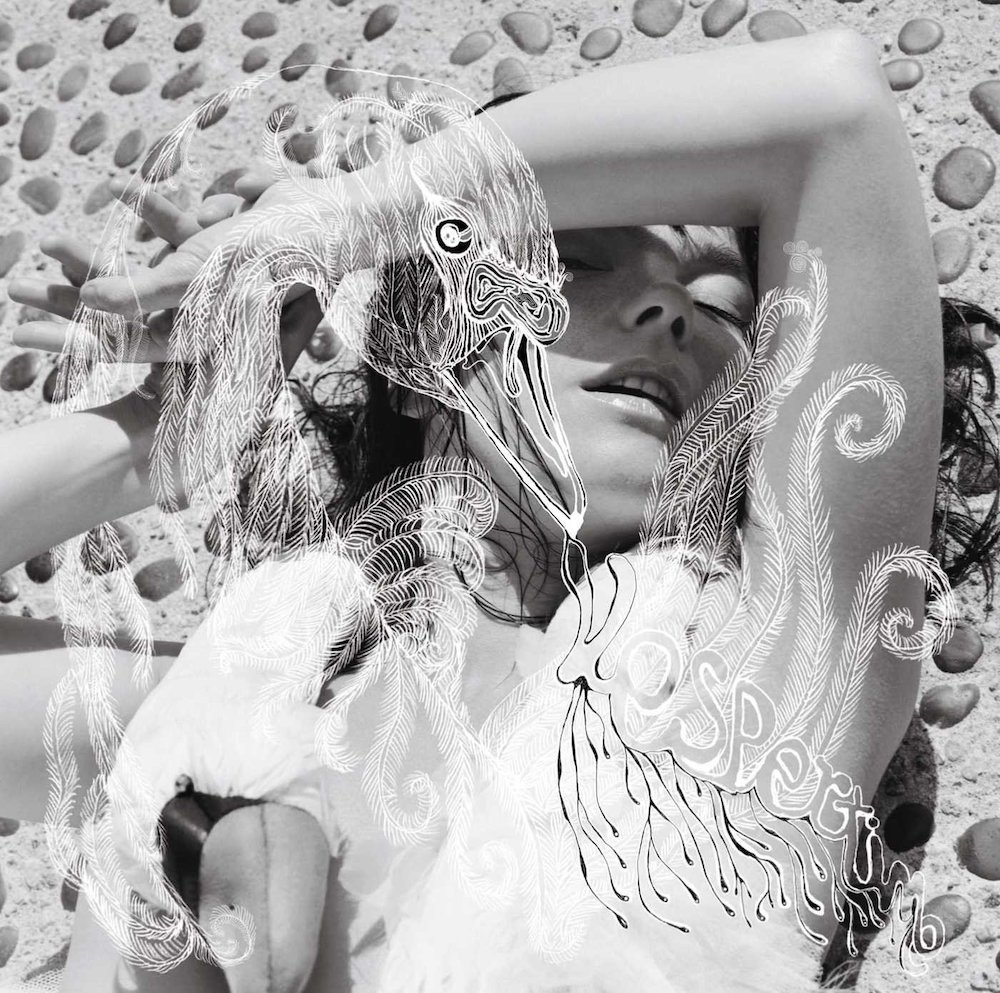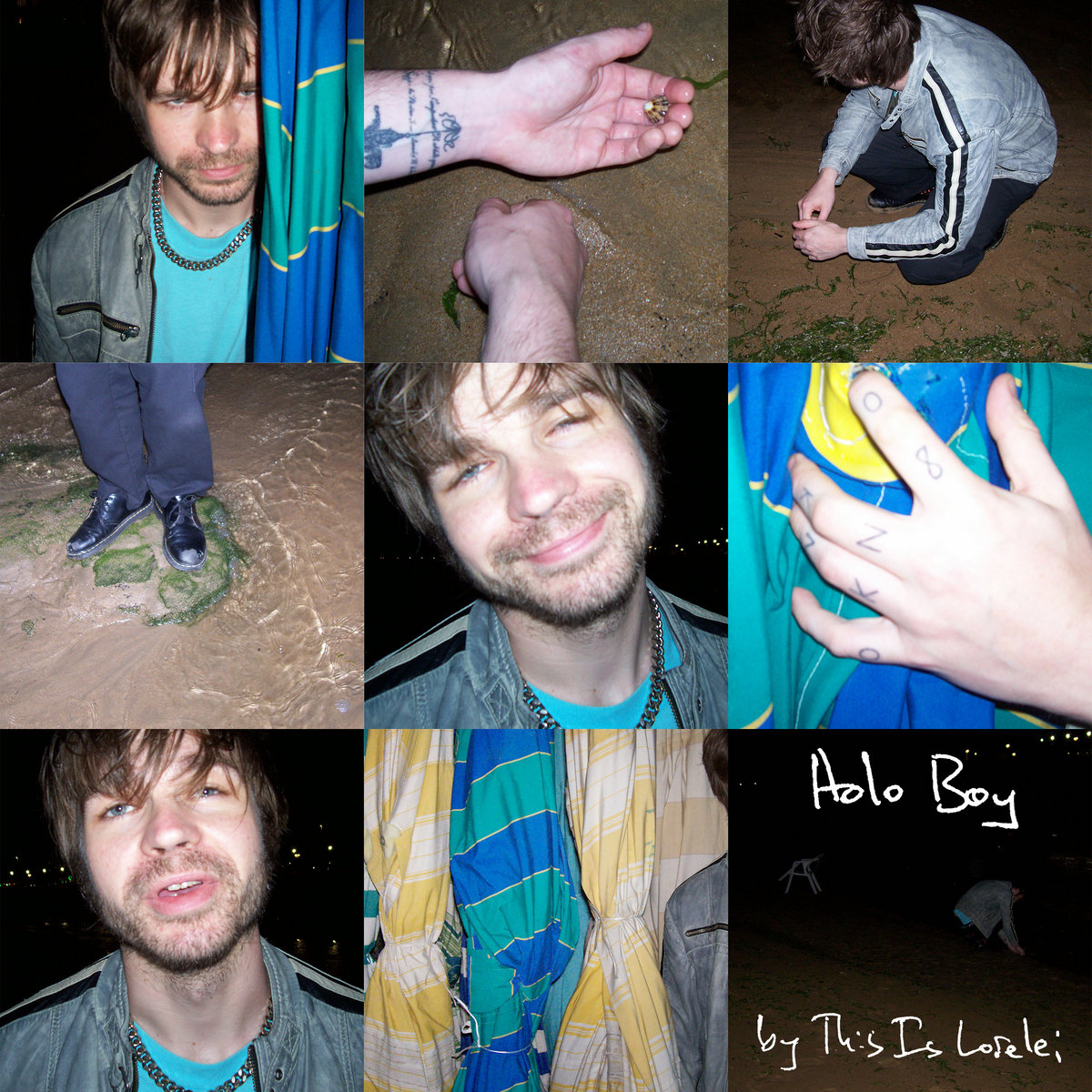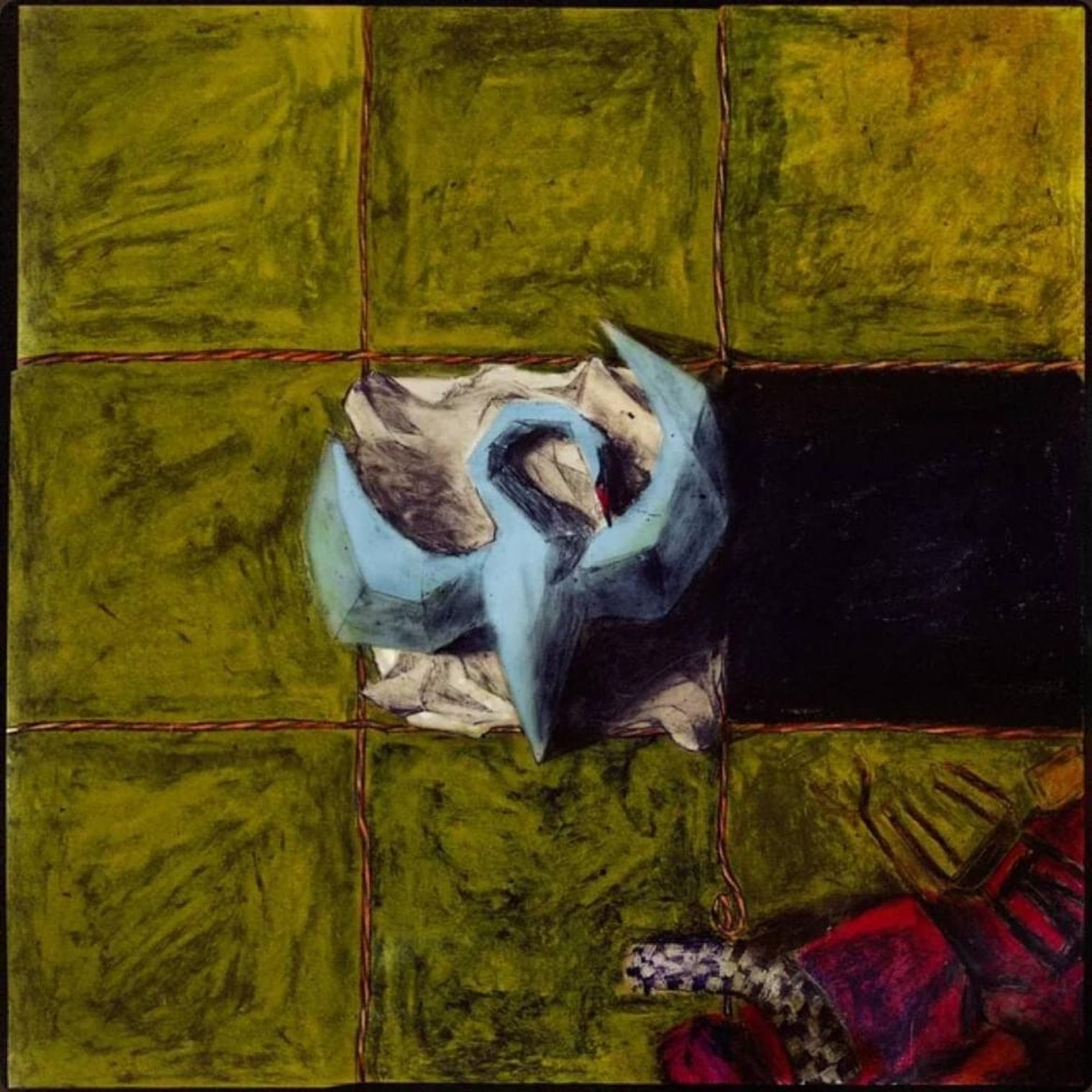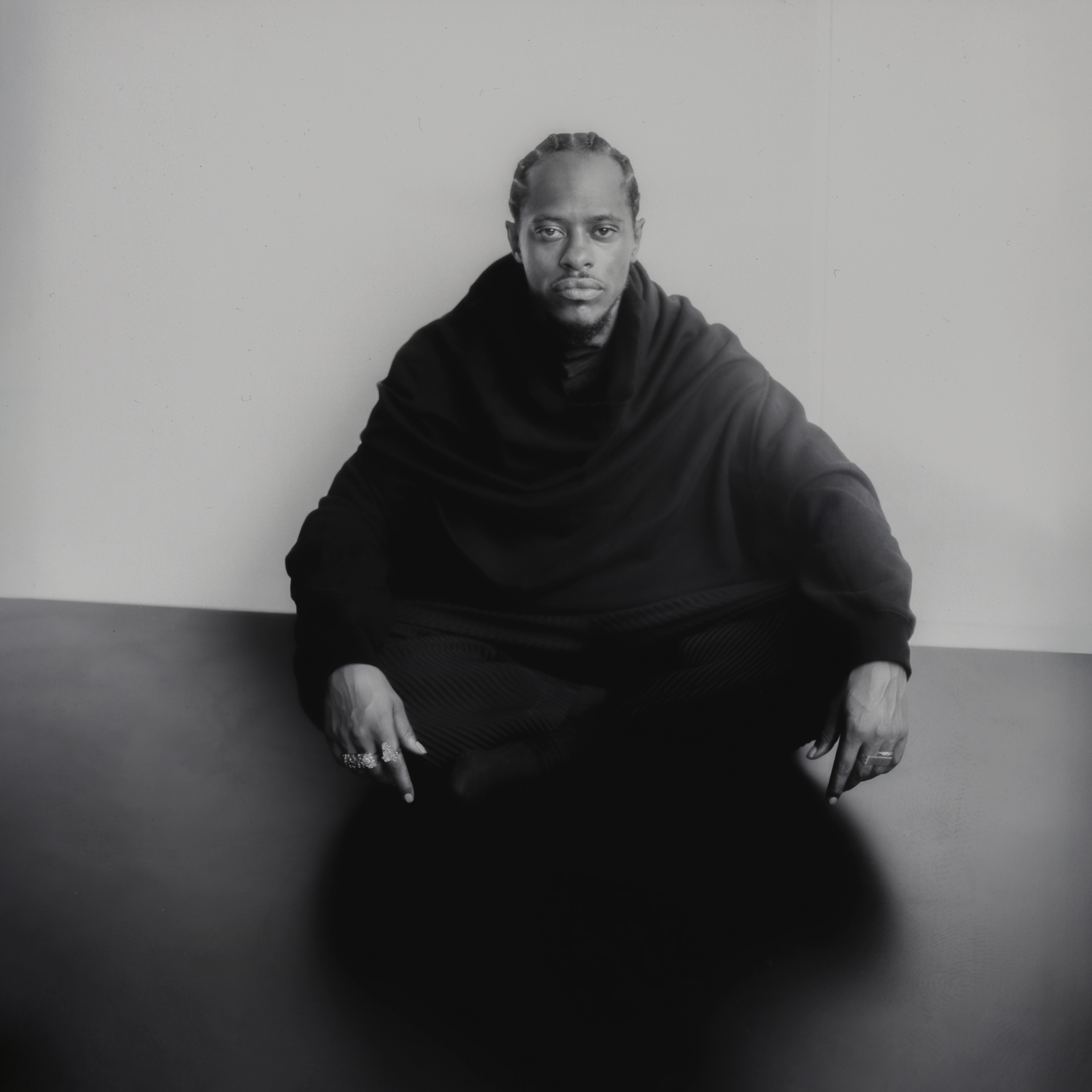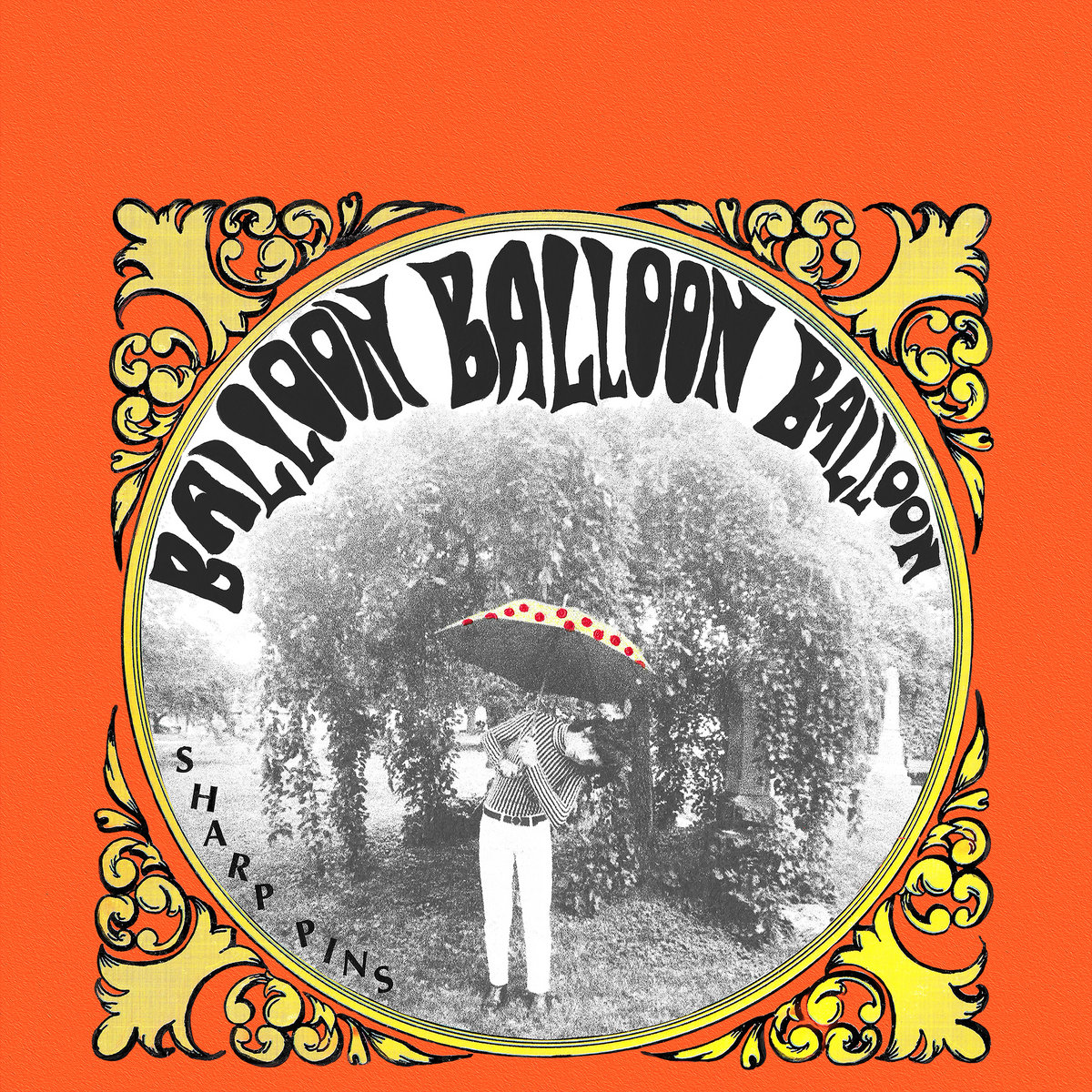- One Little Indian/Elektra
- 2001
I've been to a lot of sad movies, but I can only recall one movie-theater experience where the entire audience was sniffling and sobbing out loud. When Dancer In The Dark played at my college early in 2001, in the lecture hall where they showed movies on weekends, the end of the movie audibly wrecked everyone. This was intentional. Dancer In The Dark is an extreme experience, an emotional crucible. We meet this character, this idealistic and idealized young woman who loses herself in the magic of her own musical visions, and we watch as everything is stripped away from her. To this day, I don't know whether Dancer In The Dark is a good movie or whether it's just a dark piece of manipulation. But I know why the manipulation worked. It worked because of Björk.
With Dancer In The Dark, Lars Von Trier shamelessly used Björk's innate lovability, and the mental connection that young audiences had forged with the star in the previous decade, to make everyone feel like pure dogshit. For a brief moment in the early '90s, Björk had threatened to become some kind of full-on pop star. Instead, in the years that followed, she took every available left turn, a trajectory that climaxed with the triumphal Viking howls and glass landscapes of her 1997 masterwork Homogenic. In forsaking the stardom that was hers for the taking, Björk became a sort of cult deity, a beloved icon for those of us who liked weird shit. Lars Von Trier exploited that absolute motherfuck out of that goodwill.
Björk hated making Dancer In The Dark. Once the movie was done, she abruptly announced that she would never act again. Years later, Björk accused a "Danish director" of sexual harassment; Von Trier, clearly the subject of that accusation, denied it. Björk's defining moment of mainstream visibility came as a direct result of Dancer In The Dark. In February of 2001, nominated for the Best Original Song award that she lost to Bob Dylan, Björk wore her swan dress to the Oscars, a bold move that made her an instant snark-target. Joan Rivers said that Björk "should be put into an asylum." Multiple SNL impersonations followed.
Björk, undeterred, wore that very same swan dress on the cover of Vespertine, the album that she released six months later. (Vespertine turns 20 tomorrow.) I don't think the swan dress on the album cover was an act of conscious defiance on Björk's part. I think she just didn't give a fuck. At that point, Björk was deep into her own world, so far beyond what people may have wanted from her that expectations clearly didn't come into the equation. Björk had reached the height of her fame not by making popular music but by starring in a stark and punishing art film and wearing a weird dress to the Oscars. Her next move, an album of intimate sex-lullabies and drums that sounded like crinkling aluminum foil, probably wasn't what any label or manager would've advised. But if Björk let that stop her, then she wouldn't be Björk.
Björk worked on Vespertine while she was going through the hellish experience of making Dancer In The Dark. In that bleak stretch, Björk's own music became a refuge, a hidden place. She would talk about how she felt safe while working on her own music, "surrounded by microphones and equipment and all the things I love." For the album's sound, she used the blissed-out formlessness of "All Is Full Of Love," the closing track from Homogenic, as her starting point. At the time, Björk was in love, and the songs that she wrote for Vespertine convey a sense of soft contentment, a tranquility that went beyond the first euphoric rush. These were songs about togetherness, about unison, and yet Björk started working on them in solitary fashion, building tracks on her laptop.
Angry that her collaborators got too much of the credit for Vespertine, Björk later told Pitchfork, "I did 80% of the beats on Vespertine, and it took me three years to work on that album, because it was all microbeats -- it was like doing a huge embroidery piece." Björk wanted Vespertine to sound like chamber music, and she layered her sounds in specific ways so that they'd sound good on low-quality MP3s. This was in the high Napster era, when you had no way of knowing how shitty and compromised the songs you were downloading would sound. Björk kept that in mind, working only with sounds and instruments that wouldn't lose their power, even if the bitrate was low. In its own way, Vespertine is almost an anti-audiophile album, at least in conceit.
In practice, you can still strap on some fancy headphones and lose yourself in Vespertine. In fact, Vespertine might be Björk's ultimate headphones record, if only because the whole thing is so soft and comforting. In outsourcing the remaining 20% of her beats, Björk called on the glitch wizards whose bugged-out beatscapes she admired: Matmos, Matthew Herbert, Opiate, Console. Vespertine sounds nothing like any of the music that any of those producers made on their own. Björk used them for texture, just as she used harps and clavichords and choirs. She even used her own voice that way. On Vespertine, Björk largely keeps her self to a murmur, never exploding and only bringing the passion where the songs truly demand it. The end result, an album of welcoming and reassuring pings and bloops and hums and twinkles, is closer to pure ASMR than to pop music.
Those blissful textures worked for Vespertine because it's an album about bliss-states -- and about one bliss-state in particular. Just as much as Let's Get It On, Vespertine is an album about fucking. Björk never hides that in allusion or innuendo. There's no symbolism in the imagery. Instead, she's talking about a boy entering her lightly, restoring her blisses: "He slides inside/ Half awake, half asleep/ We faint back into sleephood." The actual act of sex gets plenty of burn on Vespertine, and Björk never draws lines between physical and emotional connection. When Björk sings that she's close to calling this boy and simply suggesting that they go to a hidden place, she's talking about an imaginative zone of refuge, but she's also clear about what they're going to be doing in that hidden place.
All of Vespertine buzzes and ripples and plings beautifully, but it buzzes and ripples and plings most beautifully on "Pagan Poetry." Ostensibly, that's a song about how it's not easy to get close to Björk, about how she can be mysterious and difficult to interpret: "On the surface, simplicity/ But the darkest pit in me/ And it's pagan poetry." But she's not being a pagan poet when she stops the song and chants, simply and directly, that she loves him. That might be the most nakedly vulnerable musical moment in a career full of them.
Upon its release, Vespertine got awestruck reviews. Björk had entered the stage of her career where it was part of a music critic's job to properly explain how great her music was. Anecdotally, though, I remember a sort of muted confusion around Vespertine. The tracks on Homogenic had been weird, but they'd been weird in anthemic ways. Vespertine was inwardly, meditatively weird. It was Björk whispering about sex and flowers and glaciers over music boxes and soft jitter-bursts of programmed drums. You had to be in a particular zone to lock in with the album. You had to surrender to it.
Not everybody wanted to surrender to Vespertine. Björk's three previous albums all went gold or platinum, though it often took them years to sell that much. Vespertine never did, and neither did any of the Björk albums that followed. Even if Björk made Vespertine with Napster in mind, Napster wasn't the reason that Vespertine didn't become a dorm-room staple.Instead, Vespertine was a contradiction: an album of challenging serenity, an avant-garde meditation. That's exactly why Vespertine has kept its peculiar power. On Vespertine, Björk never bothered to sound futuristic. Instead, she built a beautiful bubble, a crystalline sanctuary, and that sanctuary remains pristine.
